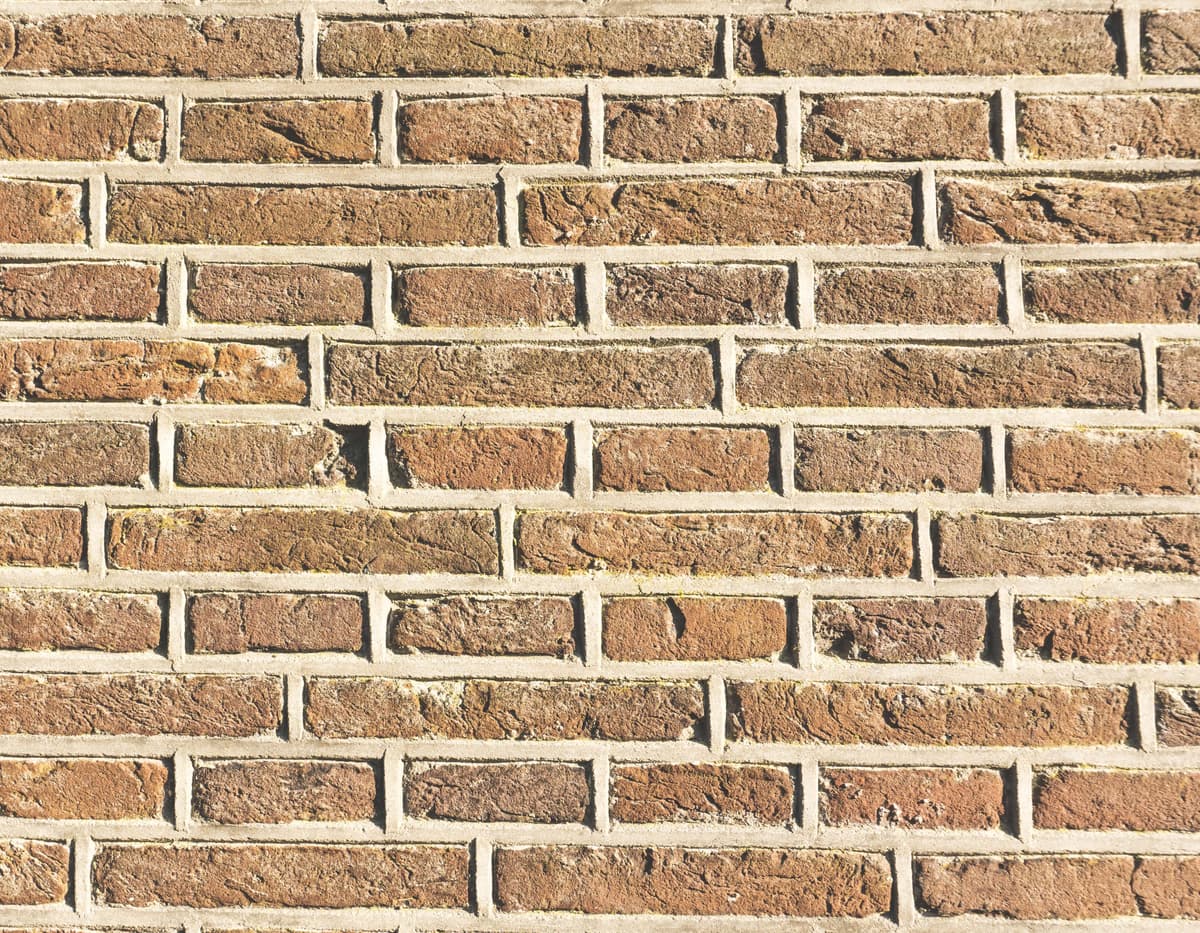Guide to Cavity Wall Insulation Surveys | Key Tips
If you're buying a property that has cavity wall insulation, or has had it removed, it's worth considering the long term effects on the property and its value. The results may surprise you.

If you're buying a property that has cavity wall insulation, or has had it removed, it's worth considering the long term effects on the property and its value. The results may surprise you.

Compare moving quotes in 4 simple steps